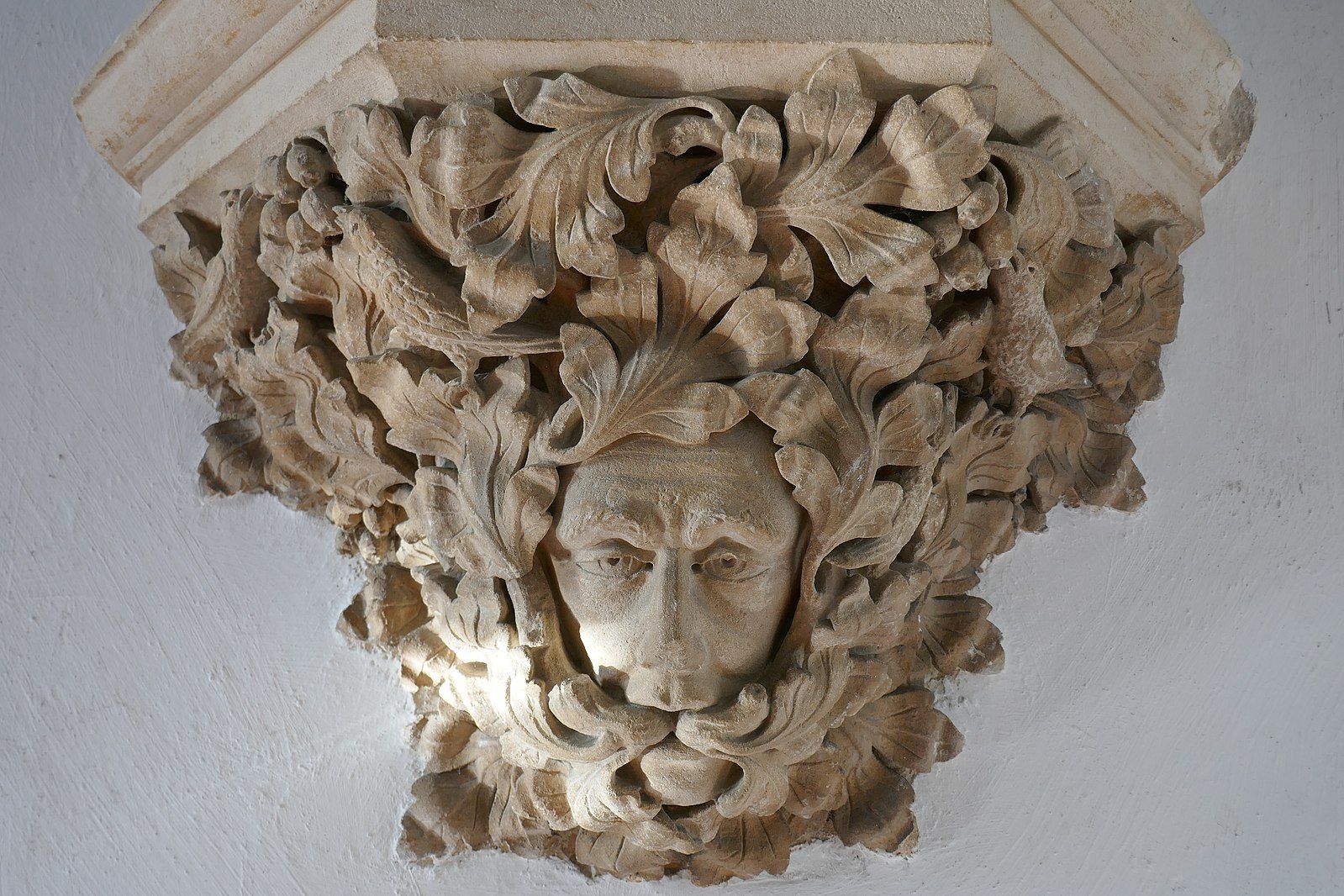It Seems Like You're Not Allowed To Call Anything A Green Man Nowadays


Goodness me, I am sorry – I'm sure I didn't mean to cause any offense. By all means, that's a very nice "foliate head." I had forgotten, but we're not supposed to call them Green Men anymore, aren't we? Nowadays they're all "grassy boys" or "vegetative visages," but God help you if you call them Green M – you-know-whats, I should say.
It wasn't like this when I was a child. Back then we knew exactly what they were – recurring ornamental motifs of male faces with leafy branches emerging from the mouth and surrounding the rest of the head, sometimes carved in stone, sometimes in wood, found all over Gothic churches, from misericords to capstones to the tops of arches to choir-stalls and embossed roofs, and later pubs and so on. It was as plain as the spray of hawthorn on your face, what they were. And we weren't afraid to call them Green Men then, let me tell you.
We also weren't afraid to write articles about what we thought they meant for The Journal of Folklore, either. Oh, it's not like that now, of course – now you're supposed to say things like, "Well, seemingly every mason and church-builder from the twelfth to the fifteenth century made a foliate head or two, but they certainly didn't mean anything by it, and nothing ever ran riot into the greenwood that wasn't supposed to, girls took their virginities into marriage with them along with their linens, and Jack-in-the-Green never so much as bowed to a mummer in the town square. God was God, and England was England, and rain was rain, sure as church is church. And I'm sure no one ever did any fertility rituals in the spring!"
Of course, what's another word for foliate but greenery? And doesn't "head" signify "man" much in the same way "London" signifies the state?" So really I can't see much of a difference between calling them foliate heads and calling them – the other thing. But you know best.
We're supposed to act as if the entire country merely doodled the same satyric forest-face over and over again for nearly five hundred years by coincidence, and heaven help you if you try to ascribe anything like moral or mythopoetic significance to greenery. Mustn't do that!! We would have done that on The Bob Monkhouse Hour! They're just a bunch of foliate heads without any unifying interpretation or underlying ritual importance, nothing to see here. And Cockaigne doesn't exist, and no matter how far you sail you'll never find Fiddler's Green, and King Alfred never burnt cakes at Athelney, and Sherwood Forest is empty of men, and Sceafa the boy-king never sailed into Hedeby from the sea. Birth and death and rebirth having nothing to do with one another, and the Great God Pan hasn't swung a club or uttered a peep in going on two thousand years now.
And they call that progress! Well. As I say, I'm perfectly happy to comply. Don't let me hold everyone back. I'm sure you're quite right, and it was just the Romantics making up a lot of mythic backstories for everyday objects in order to distract themselves from coal factories. Let's pull Lady Raglan out of her grave and shake her, so no one else ever dares to try to have any fun again.
[Image via Wikimedia Commons]




Comments ()